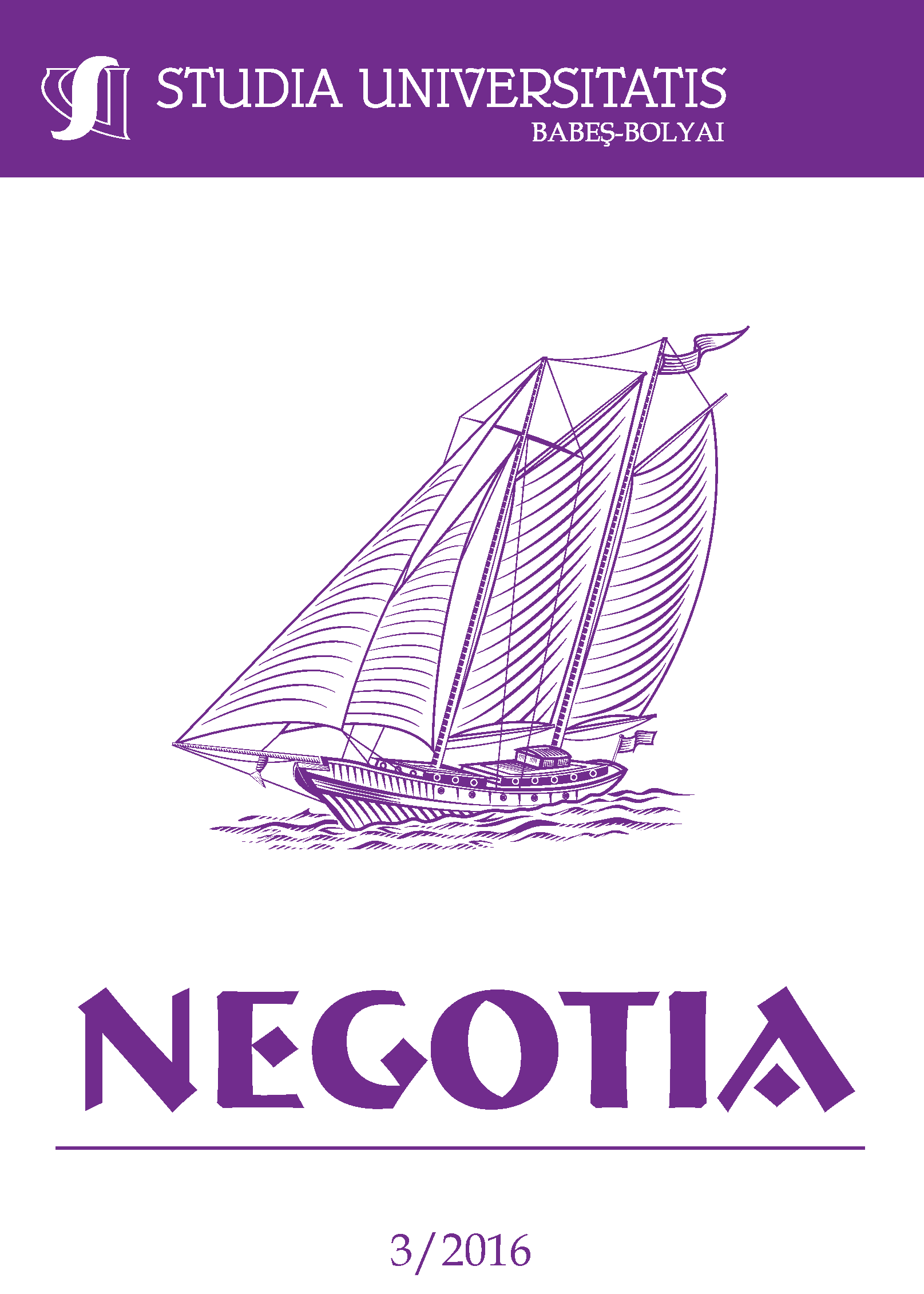ENGAGING UNIVERSITY’S ROLES IN SOCIAL INCLUSION
Keywords:
social responsibilities, social inclusion, social impact, neighbor, community engagement.Abstract
This paper presents the role of a public university in Malaysia in engaging into social inclusion responsibilities. The partial results of archival data and focus group discussion are presented from the actual study. The findings explain on how a university impacted on improving society through providing facilities and services to their neighbor.
References
Bates, P. and Davis, F.A. (2004). Social capital, social inclusion and services for people with learning disabilities. Disability & Society, 19(3), 195-207.
Burdge, R. and Vanclay, F. 1996. Social impact assessment: a contribution to the state of the art series. Impact Assessment, 14(1): 59–86. [Taylor & Francis Online]
Community Centres South Australian (2013). “A Report on Economic and Social Impact Study: Community and Neighbourhood Centres Sector. Adelaide: Centre for Economic Studies”. Available online at https://www.communitycentressa.asn.au/documents/item/174, accessed April 28, 2015.
Di Nucci, M.R. and Spitzbart, C. (2010). Socio-Economic Impact Assessment Report. Austria: CONCERTO.
Erickson, M.S. (2010). Investigating Community Impacts of a University Outreach Program Through Lens of Service-Learning and Community Engagement. Thesis (unpublished). Iowa State University. Available online at http://lib.dr.iastate.edu/cgi/viewcontent.cgi?article=2840&context=etd
Federico, S. (2012). The Social Responsibility of the University. The Experience of the Welfare Department, of the Faculty of Economics, University of Buenos Aires.
Gidley, J.M., Hampson, G.P., Wheeler, L, Bereded-Samuel, E. (2010). Social inclusion: context, theory and practice. The Australasian Journal of University-Community Engagement, 5(1), 6-36.
Hwang, J. (2007). “Perceptions and borders of the changing Neighborhood: A Case Study in Philadephia”. Standford University: Senior Honors Thesis (unpublished). Available online at http://web.stanford.edu/~mrosenfe/Hwang_thesis_sharing.pdf, accessed April 28, 2015.
Kirkpatrick, D.L. and Kirkpatrick, J.D. (2006). Evaluating Training Programs. San Francisco: Berrett-Koehler.
Leisey, M., Holton, V. and Davey, T.L. (2012). Community engagement grants: assessing the impact of university fundings and engagements. Journal of Community Engagement and Scholarship. Vol. 5 (2).
Marino-Francis, F. and Worrall-Davies, A. (2010). Development and validation of a social inclusion questionnaire to evaluate the impact of attending a modernised mental health day service. Mental Health Review Journal, 15(1), 37-48. Monash University Community Engagement Framework, 2010. Available online at http://www.odvce.monash.edu.au/assets/documents/communityengagement-framework_final_november_2010.pdf, accessed May 11, 2015.
O'Halloran, K. (2007). Charity Law And Social Inclusion: An International Study: Routledge.
Oxoby, R. (2009). Understanding social inclusion, social cohesion, and social capital. International Journal of Social Economics, 36(12), 1133-1152.
Peric, J. (2012). Development of universities’ social responsibility through academic service learning programs. Economy of Eastern Croatia Yesterday, Today, Tomorrow, 1: 365-375.
Polat. F. (2011). Inclusion in education: a step towards social justice. International Journal of Educational Development, 31(1), 50-58.
Putnam, R.D. (1995). Bowling alone: America's declining social capital. Journal of Democracy, 6(1), 65-78.
Schein E.H. (1996). Kurt Lewin in the classroom, in the field, and in change theory: notes toward a model of managed learning. Syst Pract, 9(1):27–47.
Schneller, C., Thoni, E., Rozier, E. and Balderama, H.S.C. (eds.)(2011). “Knowledge Societies: Universities and their Social Responsibilities.” In workshop report for 2nd Asia-Europe Education Workshop, 5-7 June 2011, Innsbruck Austria.
Smith, P. (2008). Corporate responsibility and social inclusion: the australian context. social inclusion and corporate responsibility workshop proceedings. The Social Inclusion and Corporate Responsibility Workshop, November, 21, 2008 at the Metropole Conference Centre in Fitzroy, Victoria.
Stern, M. J. and Seifert, S.C. (2009). Civic engagement and the arts: issues of conceptualization and measurement. USA: A Report for Animating Democracy - a program of Americans for the Arts. Available online at
http://animatingdemocracy.org/sites/default/files/CE_Arts_SternSeifert.pdf, accessed April 30, 2015.
Trojanowicz, R.C., Moore, M.H. and Guggenheim, D.F. (1988). The meaning of community in community policing. Michigan State University: The National Center for Community Policing. Available online at http://cj.msu.edu/assets/Outreach-NCCP-GB16.pdf, accessed April 28, 2015.
Vanclay, F. (2002). Conceptualising social impacts. Environmental Impact Assessment Review, 22, 183–211.
Downloads
Published
How to Cite
Issue
Section
License
Copyright (c) 2016 Studia Universitatis Babeș-Bolyai Negotia

This work is licensed under a Creative Commons Attribution-NonCommercial-NoDerivatives 4.0 International License.






